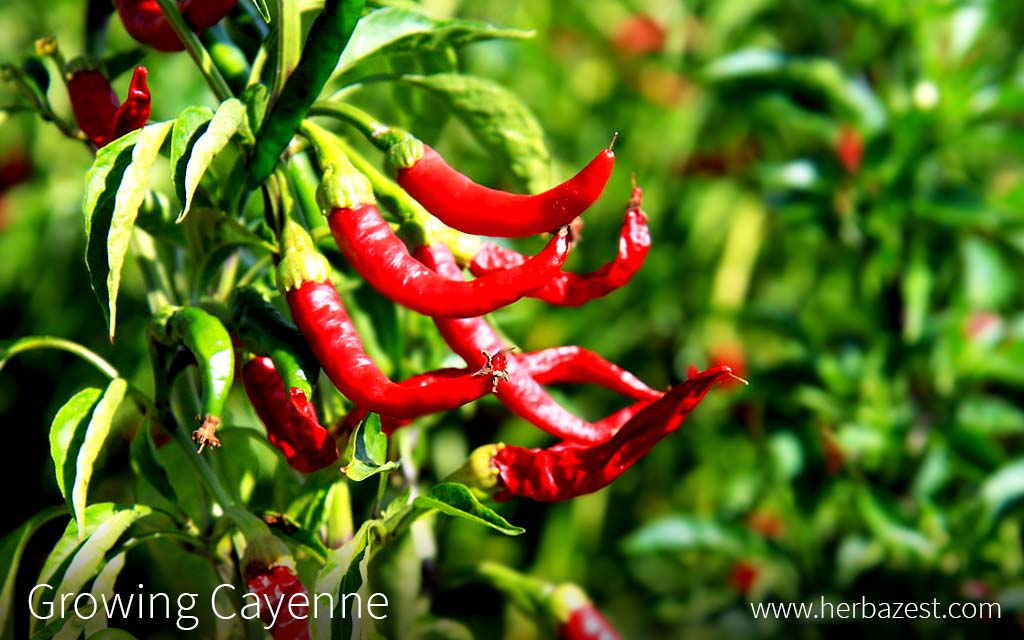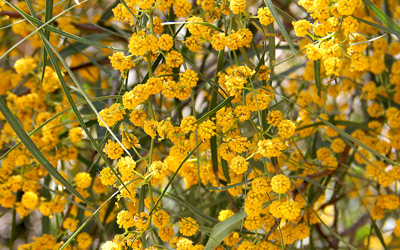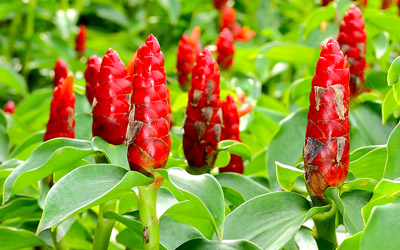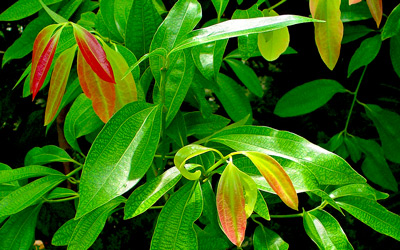As other species in the Capsicum genus, such as bell pepper and chili pepper, cayenne is native to the tropics and thrives in warm conditions (US hardiness zone 10). This low-demanding herb can add a splash of color to home gardens and a spicy touch to culinary creations. Following the growing guidelines below will help you to cultivate cayenne successfully.
1. Preparing the Soil
Before planting cayenne, the soil must be tilled and hoed to a depth of 8 - 10 inches (20 - 25 cm). Care should be taken to break up any large chunks in order to make room for the roots to accommodate. It is recommended to mix large amounts of compost, peat moss, rotted hay, or many other organic materials into the ground, especially if working with sandy or heavy, clayed soils. A soil test should be performed beforehand to know if any amendments will be necessary.
2. Planting
Planting Cayenne Outdoors
The easiest way to have cayenne plants in the garden is to transplant seedlings bought from a local nursery. However, if growing cayenne from seeds, these should be started indoors, approximately 8 - 10 weeks before being transplanted outside. The germination rate will be best under high temperatures - approximately 82°F (23°C) - and in a sunny location.
Cold temperatures can be very harmful to cayenne seedlings. These should not be transplanted until approximately two or three weeks after the last frost, allowing time for the soil to warm.
Avoid planting cayenne during the hottest part of the day and water immediately after planting.
The rows and plants should be spaced approximately two feet (60 cm) apart and mulching around the plant base to conserve moisture is advised. The roots should be buried approximately 3 - 4 inches (8 - 10 cm) deep. The soil should be packed loosely around the plant, with a slightly lower area around each plant in order to hold water.
3. Plant Care
Cayenne care is not complicated and it will not require a lot of time or effort. However, some attention is necessary in order to ensure a healthy development.
Watering
Cayenne pepper plants require regular watering for best performance. However, the soil should be well draining to avoid rot. Because pepper plants are deep-rooted, they should be watered deeply, but not necessarily frequently. The amount of water the plant receives will be dependent on the soil conditions.
Fertilizing
Work approximately two tablespoons of fertilizer into the soil around each plant before planting. Once fruit appears, fertilize cayenne again the same way. Be careful to keep the fertilizer approximately six inches (15 cm) away from the cayenne stem.
Weed Control
During the growing season, be sure to remove any weeds around the cayenne plant by hand or by lightly tilling the soil in order not to damage the roots. It is recommended to mulch around the base of cayenne with straw, woodchips, or other organic material in order to keep the soil warm, moist, and free of weeds.
4. Pest & Disease Control
Pests
Aphids are a common pest that may target the cayenne pepper plant. These small insects suck the sap from the leaves and stems, causing damage and oftentimes spreading diseases. Remove aphids by hand or with a strong stream of water.
Other common cayenne pests include flea beetles, cutworms, and leaf miners, which will chew on the cayenne vegetation. These insects can be controlled through the use of mild, organic pesticides. It is also recommended to remove and destroy plant debris to avoid infestation year after year.
Diseases
Cayenne, like other varieties of pepper, is highly susceptible to the tobacco mosaic virus. For that reason, it is advisable to keep tobacco and tobacco products away from pepper crops.
Cayenne is also susceptible to blossom-end rot, a common problem that occurs when there is a calcium deficiency in the soil or nighttime temperatures are consistently above 75°F (24°C).
Other diseases that commonly affect cayenne plants include bacterial wilt and bacterial leaf spot. However, for the most part, these diseases can be avoided by planting disease-free seeds or transplants, practicing proper crop rotation, and removing and destroying any old plant debris every year.
5. Harvest
Before harvesting cayenne peppers, these should be allowed to mature and change color on the plant. It is easy to notice when cayenne peppers are ready to be harvested; they should be firm, shiny, and bright to deep red. It is advisable to pick them as they ripen, as this will encourage more fruit to grow.
6. Storage
Freshly-picked cayenne should be washed and stored at temperatures between 45 - 50°F (7 - 10°C) and in a humid environment. A good place to store fresh cayenne is the crisper drawer of the refrigerator. Peppers should be used as soon as possible and will keep for three to five days post-harvest under the proper conditions. Alternatively, cayenne can be dried or canned to extend its shelf life.





